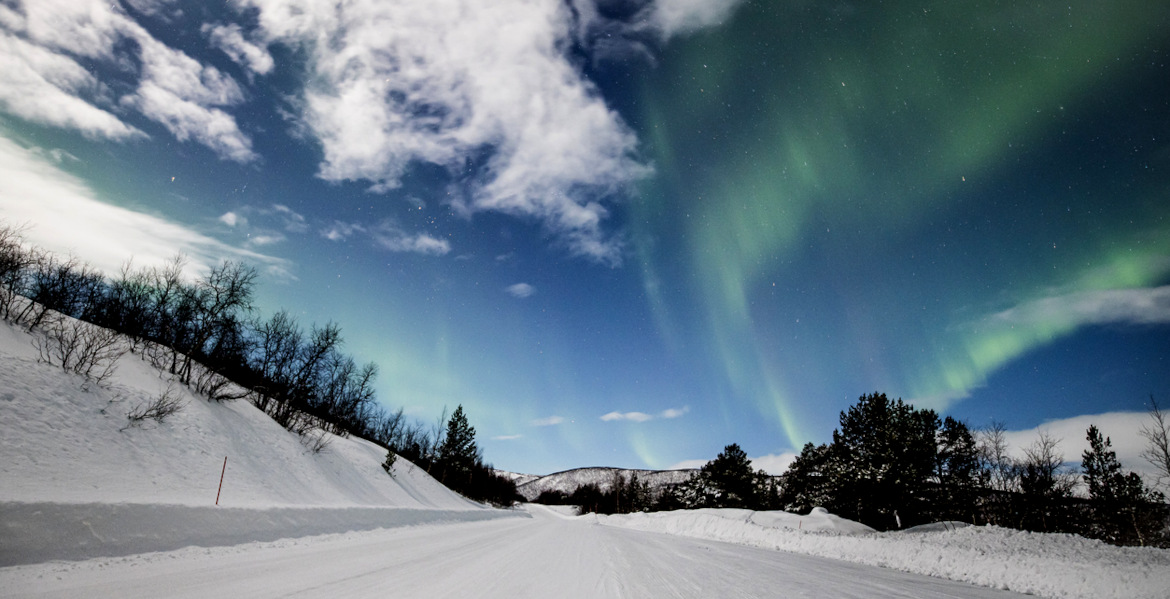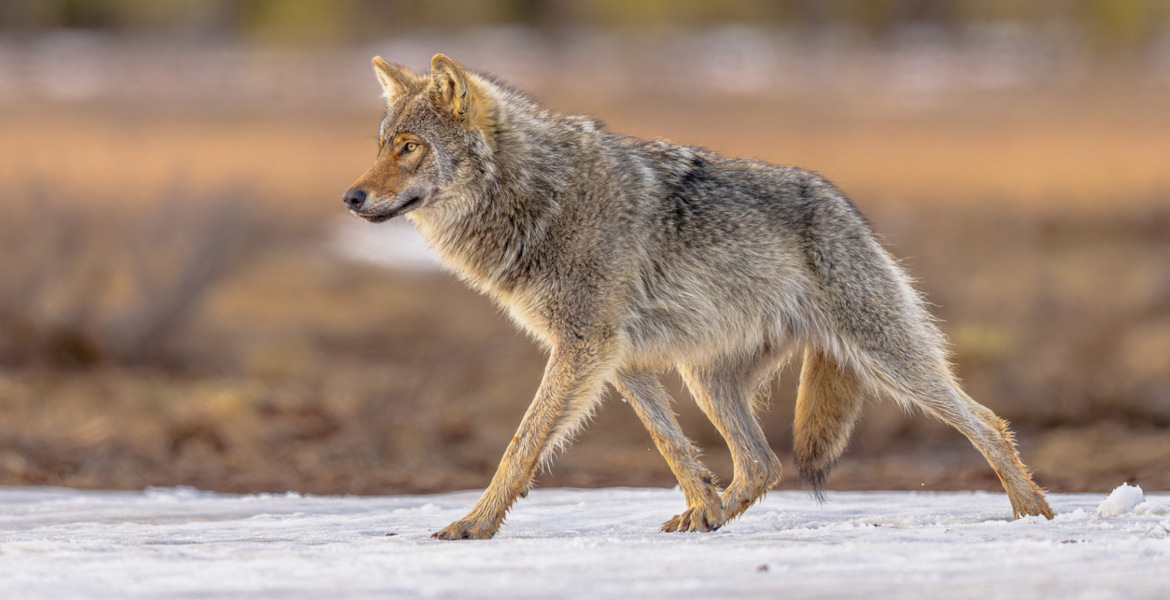Eurostat ranks Finland as the second most violent country for women in the EU, followed by Sweden, Hungary, Denmark and Luxembourg.
Cuts in funding for social and health organizations make it more difficult to address the problem and assist victims.
Women in Finland face some of the highest rates of violence in Europe, with more than half reporting experiences of physical or sexual violence, exceeding the EU average of 33%.
Recent statistics reveal a 5.3% increase in reports of domestic violence by women in 2023 compared to the previous year. The number of incidents involving spousal violence rose by 107% during the same period, according to Statistics Finland.
Criticism over spending cuts
Kristian Wahlbeck, a senior specialist at Mieli Mental Health Finland, expresses concern over the government's decision to reduce funding for third-sector organizations fighting against violence.
– Anti-violence work is carried out primarily by organizations funded by the state. These cuts will lead to a surge in costs in the future and problems passing on from one generation to the next, Wahlbeck says.
The Finnish government has faced criticism for its planned cuts to the Funding Center for Social Welfare and Health Organisations (STEA), which supports key anti-violence initiatives.
Between 2024 and 2027, funding will decrease by more than one-third, from €384 million to €253 million. Advocacy groups estimate that these cuts could leave around 2,500 people without access to critical support services.





